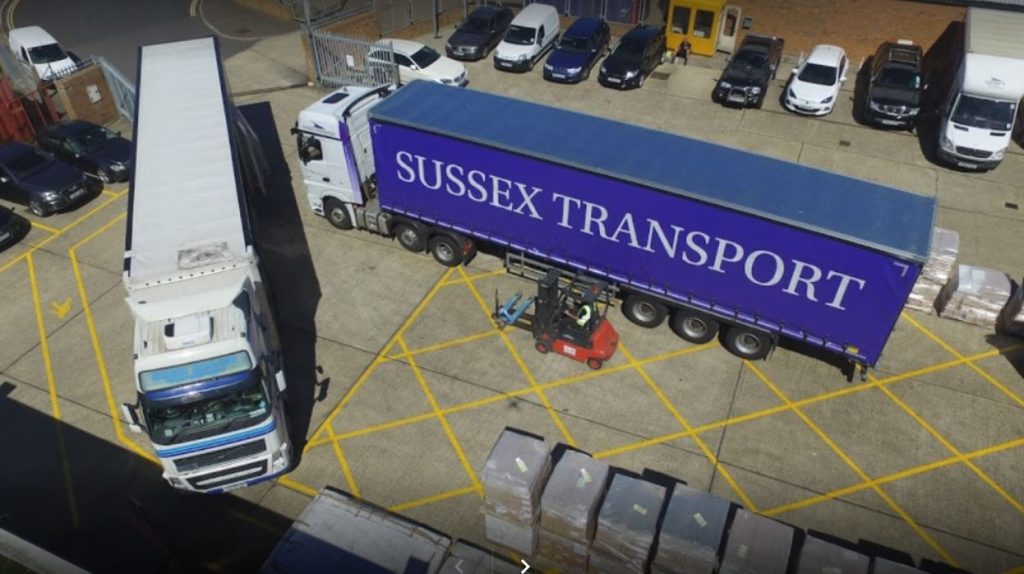What is a vehicle Marshaller (banksman / traffic marshall)?
I’ve been told I am the vehicle marshall at work but I’ve not been trained, should I be concerned?
We hear these questions reasonably often and it’s imperative for anyone who directs vehicles at work to know what they are doing and why they are doing it.

Did you know that in the construction industry the 2nd biggest killer is being hit by a moving vehicle? A scary statistic that can be reduced massively by following the legal guidance and being trained on how to manage the movement of vehicles on your site (we are not just talking about construction here either).
So what is a Vehicle Marshaller? (aka Banksman or Traffic Marshall)
In the very simplest of explanations, a vehicle marshaller is in place to control the traffic on and around a site. The aim is to avoid accidents with other vehicles, buildings, obstacles, and of course people. A Marshaller is there to guide the vehicles and their drivers with hand signals and awareness. No matter how effective a vehicle’s mirrors and cameras are there will always be blind spots, tight access zones, and external factors that must be monitored. The marshaller does just that using eyes, ears, and site rules to ensure the safety of drivers, workers and visitors. A crucial role and one that needs training to be carried out confidently, legally, and effectively.
Who needs the training?
Anyone who is involved in the direction and supervision and plant and vehicle movements needs to have formal training. As with many things in the workplace it is the employer’s responsibility as part of their H&S programme to ensure that there are enough banksman or marshalls on site to cope with the movements and that they are trained and confident in their role.
A typical vehicle marshalling training course will cover the following
- Roles and responsibilities
- Legislative requirements
- Plant and vehicle types and associated limitations and hazards
- Proximity hazards and traffic plan
- Safe positioning and communications methods
- Guidance of plant and vehicle movements
A course will be completed between 1/2 a day and 1 day (depending on the number of attendees). After a theoretical session the attendees will undertake a theory and practical-based assessment and upon successful completion, each candidate will receive certification valid for up to 5 years
Check out the partner blog to this where you can download our recommended hand signals posters